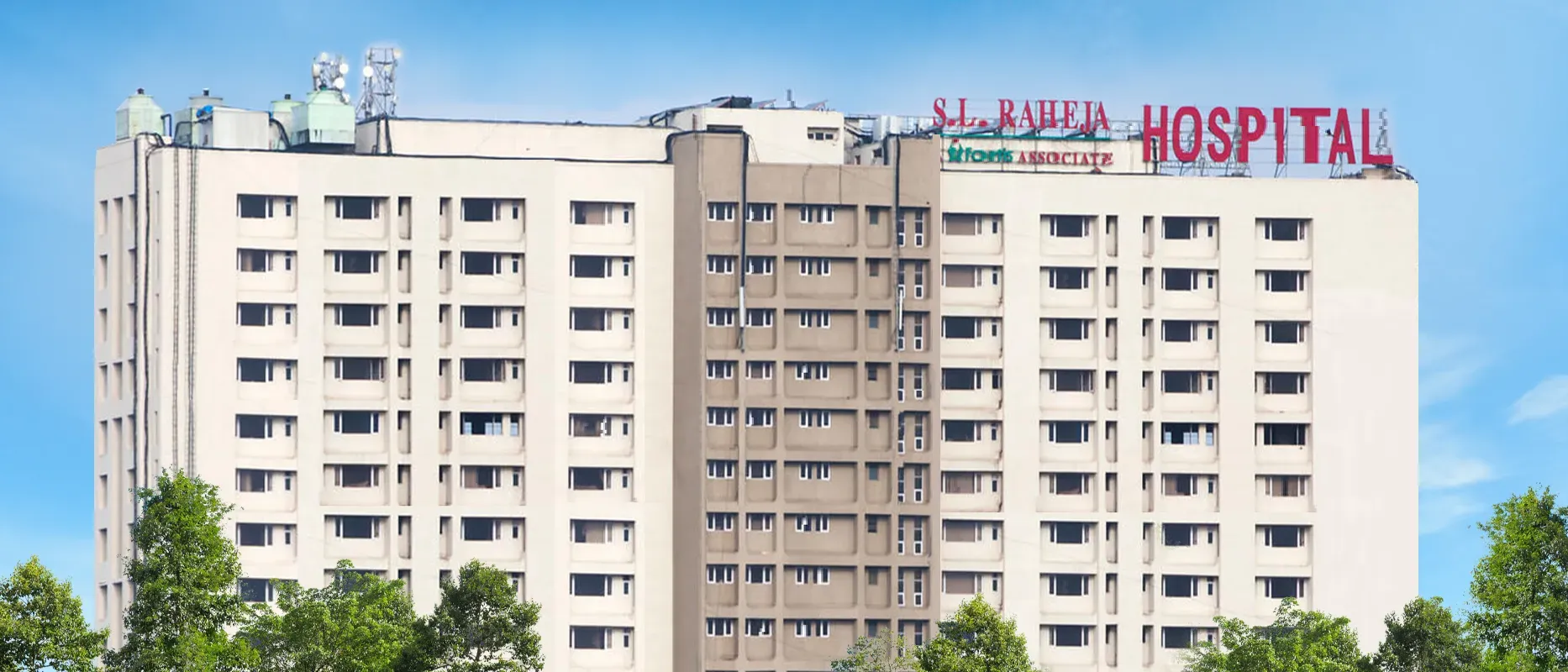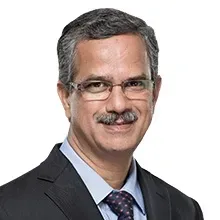Overview of Gastric Bypass Surgery Treatment India
Gastric bypass surgery is a medical procedure which is performed on people who are obese. Gastric bypass surgery is performed on an obese person to reduce their health condition which is severely affected by obesity. The patient who has serious health conditions due to being overweight can benefit from this surgery. Gastric bypass surgery is usually recommended to those people who have a body mass index (BMI) of 40 or a BMI of 35-39.9 with weight related health problems such as type 2 diabetes, breathlessness, or high blood pressure. Gastric bypass surgery changes the path of food digestion and limits the food capacity that allows absorption of low calories. The main purpose of gastric bypass surgery is to reduce weight by reducing the capacity of food intake of a person at one time. This surgery allows them to feel full sooner than before. Gastric bypass surgery is a type of major surgery and it is only allowed after the obese person has gone through all the alternative ways of weight reduction techniques like dieting, exercise etc. It also carries some risk and has chances of complications during or after surgery. Patients who undergo this surgery need to make changes in their eating habits and lifestyle to maintain their weight loss.
Types of Gastric Bypass Surgery Treatment India
There are several types of gastric bypass surgery. These are:
- Roux-en-Y Gastric Bypass (RYGB)
- Mini Gastric Bypass (MGB)
- Biliopancreatic Diversion with Duodenal Switch (BPD-DS)
- Single Anastomosis Gastric Bypass (SAGB)
Roux-en-Y Gastric Bypass (RYGB)
In this surgery, the small pouch of the stomach is formed at the top which is then connected to the small intestine. The remaining part of the stomach and some part of intestine is bypassed which restricts the amount of absorption of nutrients.
Mini Gastric Bypass (MGB)
In this surgery, the procedure is the same as the RYGB but the stomach pouch is usually longer and narrower than usual which is then connected to the small intestine directly. The MGB procedure is simpler and faster than RYGB.
Biliopancreatic Diversion with Duodenal Switch (BPD-DS)
In this, the large part of the stomach is removed and a small pouch of the stomach is connected with the lower part of the intestine. also the upper part of the small intestine is connected with the lower part of the intestine. This surgery allows a massive amount of weight reduction but also can lead to nutritional deficiency in future.
Single Anastomosis Gastric Bypass (SAGB)
The SAGB is almost similar to the RYGB procedure but it only creates a single smaller connection between the stomach pouch and small intestine. It requires less time than RYGB.
Procedure of Gastric Bypass Surgery
The steps of procedure for gastric bypass surgery:
Anesthesia: the surgery is performed under the effect of anesthesia to reduce the pain and discomfort during the procedure.
Incisions: the long or short incisions are made according to the type of surgery performed. The large incisions are made for open surgery.
Creation of the Stomach Pouch: The surgeon will separate a small portion of the upper stomach to create a smaller pouch. This pouch will serve as the new stomach and will hold a smaller amount of food than before.
Diverting the Small Intestine: The surgeon will then divide the small intestine and connect the lower end of the divided intestine to the newly created stomach pouch.
Bypassing a Portion of the Intestine: The upper part of the divided small intestine is then connected further down the intestine, bypassing a significant portion of the small intestine.
Closure and Recovery: the surgeon closes the incisions and applies the medications to prevent any infection. After the surgery, the blood pressure and heart rate is monitored and pain is managed.
Cost of Gastric Bypass Surgery in India
The cost of gastric bypass surgery in India can vary depending on several factors such as the facilities of the hospital, surgeon's skills, and the specific medical requirements of the individual patient.
| Treatment Costs Range in India |
Min in USD |
Max in USD |
| Lowest Cost of Gastric Bypass Surgery |
2400 USD |
3090 USD |
| Highest Cost of Gastric Bypass Surgery |
3500 USD |
4120 USD |
Symptoms & Risk Factors of Gastric Bypass Surgery Treatment
Here are some common indications for gastric bypass surgery:
- Severe obesity.
- Body mass index (BMI) above 40 or even higher than that.
- BMI above 35 with obesity-related health conditions such as type 2 diabetes, high blood pressure, or breathing problems.
- Inability to achieve weight loss through diet, exercise and medications.
- Desire for long-term weight loss and improved overall health.
- Failed attempts at weight loss through other interventions.
- Presence of obesity-related health conditions that could improve with weight loss.
- Motivation and willingness to make significant lifestyle changes.
Risk Factors of Gastric Bypass Surgery
Here are some of the common risk factors associated with gastric bypass surgery:
Surgical Risks
Like any other open surgery, gastric bypass surgery has the risk of developing infection and blood clot formation. There is also a risk of bleeding during the procedure or after the closure of the incision.
Nutritional Deficiencies
After gastric bypass surgery, the limited amount of food and nutrients are absorbed by the stomach and intestine. If the amount of nutrients is reduced significantly, then it can lead to limited intake of important nutrients that are essential for a normal function of the body.
Dumping Syndrome
Dumping syndrome is a condition where food moves too quickly from the stomach to the small intestine. It can cause symptoms such as nausea, vomiting, diarrhea, dizziness, sweating, and abdominal discomfort after eating the food in which high fats and sugars are added.
Gallstones
Gastric bypass surgery increases the risk of developing gallstones. Gallstones can cause pain, nausea, and other digestive problems.
Ulcers
The ulcers can be formed in the stomach or small intestine after gastric bypass surgery. These ulcers can cause pain, bleeding, and other complications during recovery.
Hernias
Hernias are protrusions of organs or tissues through weakened areas in the abdominal wall. Hernias can occur after the gastric bypass surgery and further increases the complications of procedure and recovery.
Top Hospitals for Gastric Bypass Surgery in India
Shaping the future of the healthcare institution and establishing the path to accomplishment.
Kokilaben Dhirubhai Ambani Hospital and Medical Research Institute Mumbai,India
Book Appointment
Top Doctors for Gastric Bypass Surgery in India
Empower your Health with the Expertise of Leading Medical Professionals.
Dr. Manish Baijal
Department of Lab Medicine & General Surgery
Consultant
Book Appointment
Dr. Fadl H Veerankutty
Department of Gastro & Minimal Access Surgery
Consultant
Book Appointment
Dr. Jacob Mathew Kadampuzha
Department of Gastro & Minimal Access Surgery
Consultant
Book Appointment
Treatment Costs for Gastric Bypass Surgery
Be the change and be an opportunist in transforming healthcare.
How it's Works
Guiding your Journey from Discovery to Treatment Planning and Beyond.
Discovery
Get a consultation to discover about your treatment
Pre-Treatment
Admission to the best hospital and all pre-treatment facilities
Post Treatment
Get post-treatment follow-up care with medicine fulfillment
Treatment Planning
Hassle-free treatment planning with package & cost estimations
in-treatment
world-class quality procedures and equipment for treatment


























